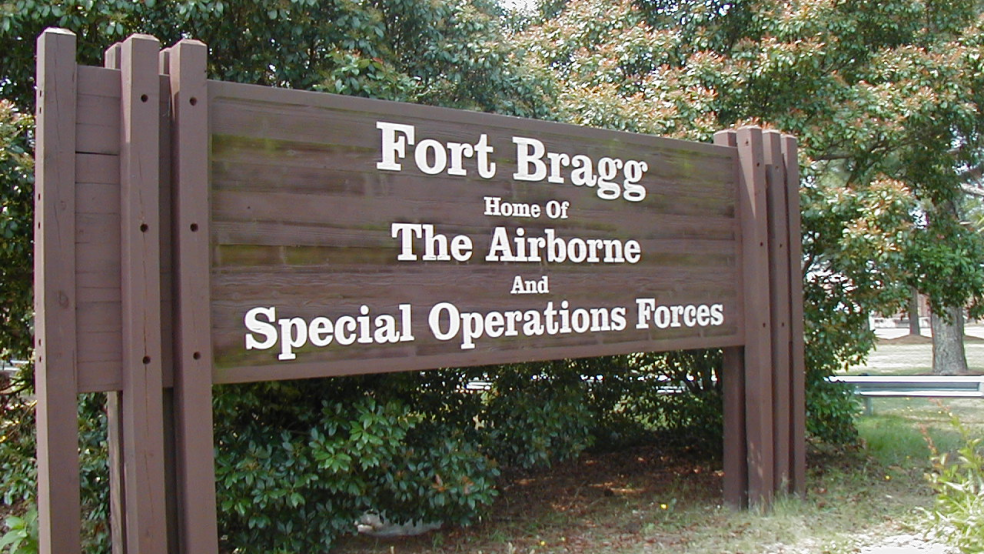The national upheaval over the bloody protests in Charlottesville, Virginia, and President Donald Trump’s comments on the violence there have sparked a new examination of why heroes of the Confederacy – an insurrection against the federal government – are so venerated.
States and municipalities are acting to dismantle Confederate monuments and statues such as the one in Charlottesville memorializing General Robert E. Lee -- son of a Revolutionary War officer, West Point graduate and a distinguished Army officer who resigned his commission to command the Confederate Army of Northern Virginia in the Civil War.
Related: US Weapon Systems Will Cost Taxpayers $1.89 Trillion
The planned removal of the Lee statue led to street fighting, one death and scores of injuries last weekend as white supremacists and neo-Nazis battled counter-protesters.
In Durham, North Carolina, on Monday a crowd took matters into its own hands, toppling the Confederate Soldiers monument outside the county courthouse.
Cities and towns in the South aren’t the only ones still paying homage to the losers of the Civil War, however. The U.S. military does, too.
As the Navy Times reported Tuesday, a number of ships have been named after Confederate heroes. And the U.S. Army may be even more generous in its veneration of military leaders who wore the gray uniforms of the Union’s enemy.
Navy ships named in honor of the Confederacy have included a nuclear submarine named after Lee; a ballistic missile sub named after General Stonewall Jackson; and a sub tender named after George Dixon, who commanded the H.L. Hundley, a submarine that sank the USS Housatonic, a Union warship, in 1864. The Navy even named another sub tender, commissioned in 1962, after the Hundley.
Related: The Army Is Hiring, Plans to Add Thousands of Troops
All of those ships are now decommissioned, but the USS Chancellorsville, a guided-missile cruiser built in Mississippi and named after one of Lee’s most significant victories, remains operational.
The heraldic crest of the USS Chancellorsville, which is attached to the Pacific Fleet, contains blue and gray to memorialize both sides of the 1863 battle. There’s a special emphasis on the gray, though: “The predominate gray refers to General Robert E. Lee’s spectacular military strategies and his dominance in this battle,” as well as General Jackson, who died as a result of wounds suffered in the battle.
While christening an American ship with the name of a decisive defeat for Union forces may strike some as odd, the Army’s signs of respect for the Confederacy far outstrip the Navy’s.
Among the Army bases named after Confederate generals – including the biggest and most storied -- are:
Fort Bragg. The North Carolina base — the largest military installation in the world with more than 50,000 active-duty personnel — is home to the Army Special Operations Command, among many other units. It is named after Confederate General Braxton Bragg, a North Carolina native, West Point graduate and slave-owning proprietor of a Louisiana sugar plantation who is considered one of the worst military leaders of the rebel forces. For a time, he headed the Army of Tennessee.
Fort Polk. The Louisiana outpost, where the 10th Mountain Division and other units are based, was named after General Leonidas Polk, the second cousin of President James K. Polk, an Episcopal bishop and a subordinate of General Bragg. He commanded troops at the Battle of Shiloh, among other engagements.
Related: Why Trump Shouldn’t Give the Pentagon Another Dime
Fort Benning. The massive base near Columbus, Georgia, houses Army infantry and armor schools, a Ranger regiment and elements of the 3rd Infantry Division. It is named after Confederate General Henry Benning, a former judge of the Georgia Supreme Court and a bitter foe of the emancipation of slaves. In arguing before a secessionist convention, he said he would rather have “famine and pestilence” than an African-American president.
Fort Gordon. Georgia is also home to this base, located near Augusta. It is the headquarters of the Army Signal Corps and is named after John Brown Gordon, one of Robert E. Lee’s most trusted generals. Gordon, whose ancestors fought in the Revolutionary War, was badly wounded in the Battle of Antietam but survived and fought in the Battle of Gettysburg. After the war, he served as governor of Georgia and as a U.S. senator.
Camp Beauregard. This Army installation in Louisiana is one of the main training sites for the state’s National Guard. It is named after P. G. T. Beauregard, a former superintendant of West Point who resigned from the U.S. Army to become the first brigadier general of the Confederate Army. In 1861, he won the First Battle of Bull Run.
Fort Lee. The Virginia base is largely a training facility that includes Quartermaster, Ordnance and Transportation schools, plus the U.S. Arms Support Command. It is named after General Lee.
In his raucous press conference Tuesday, President Trump asked where it will all end and why monuments to George Washington, a slave owner, and Thomas Jefferson, “a major slave owner,” were not being torn down while the statues of Lee and others were.
The Pulitzer Prize-winning historian Jon Meacham delivered an answer to Trump’s question about why Washington and Jefferson get a pass later that night on MSNBC’s All In With Chris Hayes.
“Washington and Jefferson are flawed people … They are imperfect heroes in many ways, and they have to be judged in the fullness of their character,” Meacham said. “They should not be mindlessly celebrated, nor should they be mindlessly condemned … Washington and Jefferson were nation-builders. General Lee and his officers were in fact traitors to the American Union that Washington and Jefferson created. I think that’s the central distinction.”





